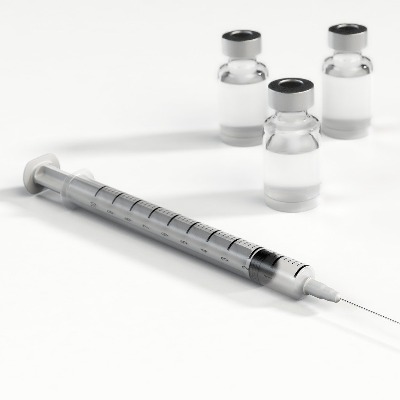
Immunotherapy, the use of one’s own immune system to fight disease, is a common treatment for cancers. In one form or another, immunotherapy has been involved in the fight against cancer for many years. One of the first immunotherapies is called Coley toxin, named after the scientist who discovered it: William B. Coley. Coley realized the potential of immunotherapy after he injected streptococcal bacteria into a patient with inoperable cancer. He found that the subsequent bacterial infection shrank the tumor. Coley’s toxins are no longer used to treat cancer. Instead specialized treatments, built off Coley’s ideas, are used to treat many different types of cancer.
>Bacillus Calmette-Guerin (BCG) is another old immunotherapy treatment. It is used for early-stage bladder cancer. The treatment uses a weakened form of the bacterium Mycobacterium bovis. Like Coley’s toxins, BCG triggers a strong immune response, including one against the cancer. However, this treatment is often in short supply within the United States. For these times of scarcity, the initial (induction) treatment with BCG is being recommended for non-muscle invasive bladder cancer (located in the tissues that line the surface of the bladder). Usually, additional doses of BCG (maintenance BCG) are recommended if the patient has a complete response to induction BCG. Researchers from the Mayo Clinic led by urologic oncologist Stephen A. Boorjian, M.D., of Mayo Clinic in Rochester, Minnesota, have conducted a study to determine the cost-effectiveness of maintenance BCG compared to monitoring the patient’s condition closely (surveillance) after the induction BCG treatment.
The researchers determined the cost-effectiveness of maintenance BCG by analyzing the utility values, patient outcomes, and toxicity from the 2018 U.S. Medicare records. They found that at 5 years, the average cost per patient for surveillance was $885 less than maintenance BCG, but both approaches has the same result in terms of patient survival. Maintenance was only more cost-effective when patients had a progression rate for non-muscle invasive bladder cancer of less than 2.1%. However, this is only likely for high risk non-muscle invasive bladder cancer.
Maintenance BCG ultimately proved to be less cost-effective than surveillance in most situations. This means doctors should prioritize induction BSG therapy and reserve maintenance BSG for high risk non-muscle invasive bladder cancer.
https://pixabay.com/illustrations/syringe-shot-medicine-bottle-1884758/
